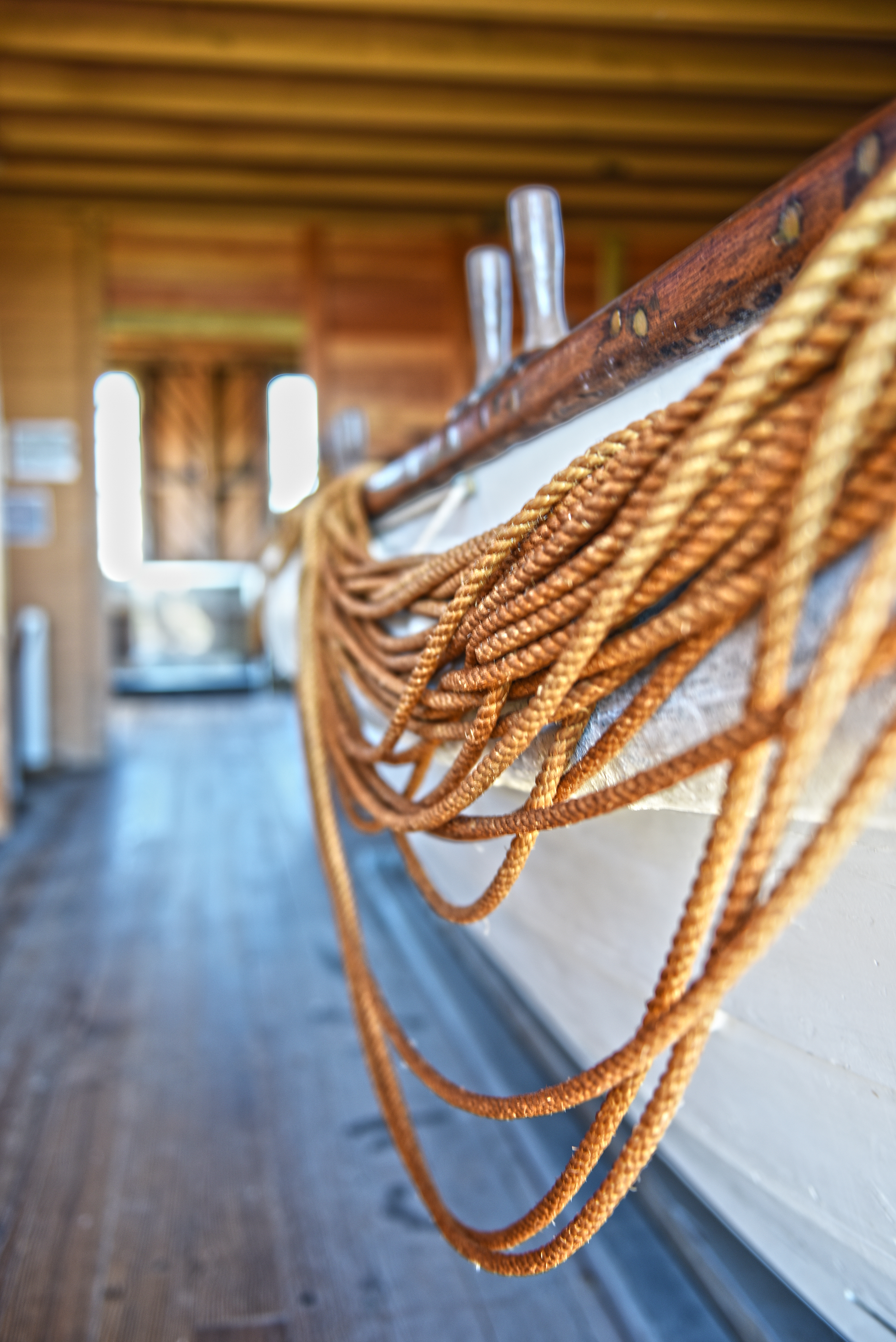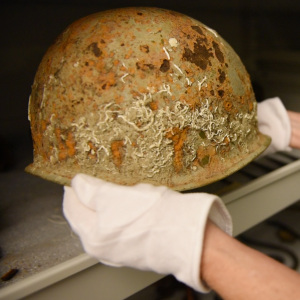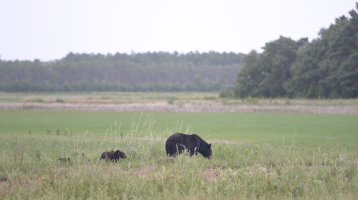Veterans & Active Duty Military on the Outer Banks of North Carolina
So much of the Outer Banks culture has been built on our community’s relationship with those who serve. The Lifesaving Service surfmen at Kill Devil Hills were instrumental in assisting the Wright Brothers with their experiments; Army Brigadier General Billy Mitchell conducted strategic air power demonstrations sinking battleships off Hatteras in 1923; and the Navy, Coast Guard and Civil Air Patrol all protected Outer Banks shores and defended Allied shipping lanes from submarine attacks during World War II. The history is everywhere you look.
Upcoming Events
History Surrounds Us
 Chicamacomico Coast Guard Museum
Chicamacomico Coast Guard Museum
Established in 1874, the Chicamacomico Life Saving Station was a predecessor to the modern U.S. Coast Guard, of which it became a part in 1915. The station features fantastic architecture and special summer programs and events for the family.
With its two stations and five outbuildings, Chicamacomico Life-Saving Station (pronounced chi-ka-ma-COM-i-co) is the most complete site of all remaining life-saving stations in North Carolina and one of the most complete sites in the nation. This site and museum is located on Hatteras Island in the village of Rodanthe on the Outer Banks of North Carolina.
They are open to the public from mid-April through November with Apparatus Drill Reenactments running weekly May through September, weather permitting.
 Torpedo Alley and Graveyard of the Atlantic Museum
Torpedo Alley and Graveyard of the Atlantic Museum
The remains of more than 1,500 ships line our seafloor which is why The Outer Banks' coast is known as the "Graveyard of the Atlantic". These wrecks include Uboats from WWI and II, with remnants that can be seen at the Graveyard of the Atlantic Museum.
The Graveyard of the Atlantic Museum (currently closed until early 2024 for renovations) typically offers programming year round for people of all ages. Presenters celebrate all things coastal to include seafood cooking, history and culture talks on the Civil War and WWII, maritime art and music, fishing history and life-saving stories, and even local language.
 Civil War Trail
Civil War Trail
Winding through Roanoke Island and Hatteras Island are parts of the Dare County Civil War Trail - a great way to experience a fascinating time in the history of The Outer Banks. Along the way you'll find important historical monuments and displays like the Battle of Chicamacomico Races, where the Confederacy attempted to reclaim Hatteras Island from the Union, and the Freedman's Colony. Visit the British Cemetery in Buxton near Cape Hatteras Lighthouse. You can visit these war graves of fallen allies from WWII, casualties of Uboat attack.
 Civil Air Patrol Museum at Dare County Regional Airport
Civil Air Patrol Museum at Dare County Regional Airport
The Operations Room at Dare County Regional Airport Museum on Roanoke Island contains photos and documents of the pre-WW2 era, focused on Dave Driskill, local barnstormer, air service operator, pilot for the National Park Service, test pilot for Kellett Autogiro, and, after WW2, the first manager of the airport. The main room contains many references specific to the history of the airport and its two main tenants during WW2. On display are authentic uniforms, photographs, documents, and artifacts of the Civil Air Patrol Coastal Patrol Base 16 (CPB16) which operated here from July 1942 until August 1943. About 95% of the CAP personnel, men and women, were Tarheels. Also on display are authentic uniforms, photographs, documents, and artifacts from the US Navy squadrons that received operational training at NAAS Manteo from March 1943 until the end of WW2. These include VF-17 and VF-50.
 Duck Research Pier and Bombing Range at Alligator River
Duck Research Pier and Bombing Range at Alligator River
In the WWII days, the town of Duck was used as a bombing range. The land, not highly populated then, is now where the Corps of Engineers Field Research Facility is located on the Duck Research Pier. An active bombing range still exists in Dare County, Navy Dare Bombing Range, surrounded by Alligator River National Wildlife Refuge.


